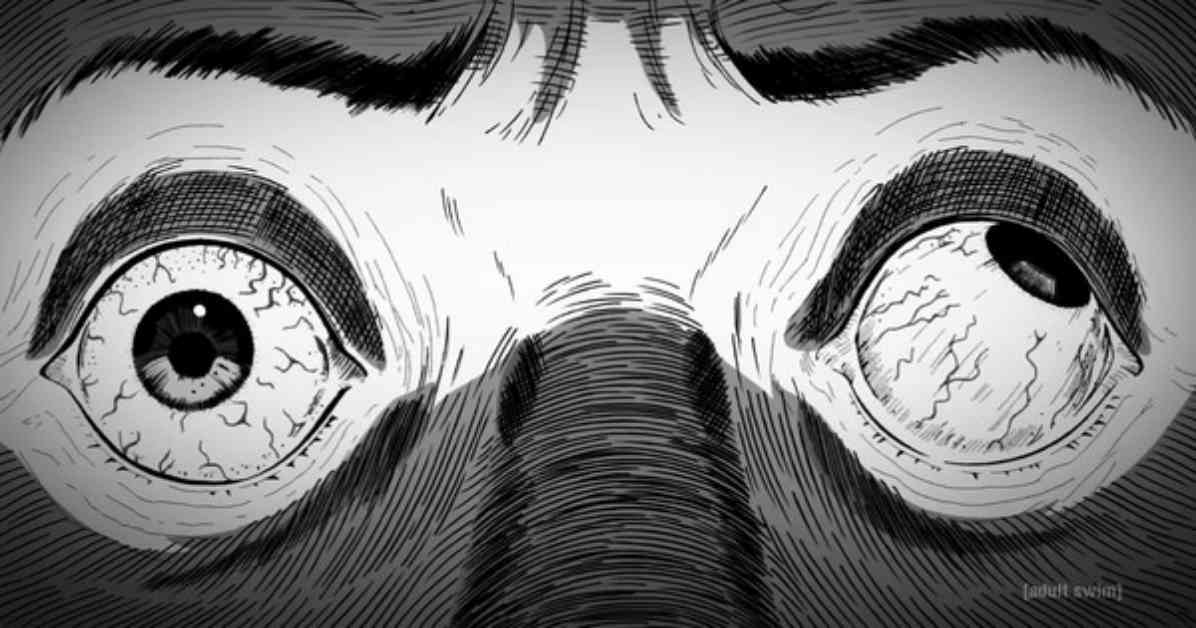Director Hiroshi Nagahama’s Journey in Anime: From Wicked City to Uzumaki
Director Hiroshi Nagahama has had a remarkable journey in the world of anime, starting from his early days as an in-between animator to becoming a renowned director. His passion for anime was ignited when he first watched the 1987 film Wicked City, which left a lasting impact on him. This experience inspired him to pursue a career in animation and eventually led him to work on iconic series like Record of Lodoss War and Revolutionary Girl Utena.
One of Nagahama’s most recent projects is the highly anticipated anime adaptation of Junji Ito’s horror manga, Uzumaki. The series is set to premiere on Cartoon Network’s Adult Swim, marking a significant moment for Nagahama and his team. In a recent interview, Nagahama shared insights into his involvement in the project and the challenges he faced in bringing Ito’s chilling tale to life on the screen.
Nagahama’s deep admiration for Junji Ito’s work is evident, with a particular fondness for Ito’s collections of short stories like The Long Dream, Alley, and Shiver. The intricate details and grotesque transformations in Ito’s stories have always resonated with Nagahama, making Uzumaki a project close to his heart.
Collaborating with Junji Ito himself on the adaptation of Uzumaki was a unique experience for Nagahama. Ito’s involvement in creating a detailed map of the fictional city of Kurouzu and providing insights into character designs added a layer of authenticity to the adaptation. Additionally, the inclusion of acclaimed musician Colin Stetson for the soundtrack further elevated the eerie atmosphere of the series.
Nagahama’s decision to keep Uzumaki entirely in black and white was a bold choice, reflecting his desire to stay true to the essence of Ito’s original manga. Despite initial reservations, Nagahama’s vision for a monochromatic series was fully supported by Cartoon Network, allowing him to experiment with a distinct visual style that sets Uzumaki apart from traditional anime.
The use of CG animation and innovative techniques in Uzumaki has been a topic of intrigue among fans, with Nagahama teasing surprises and artistic flair that will captivate viewers. By incorporating elements from Ito’s manga panels into the storyboards while adding unique touches to the animation process, Nagahama aims to deliver a viewing experience that is both faithful to the source material and creatively engaging.
As the premiere of Uzumaki approaches, Nagahama hopes that viewers will appreciate the collective effort of the team behind the series. He emphasizes the dedication and hard work put into bringing Junji Ito’s vision to life on screen and encourages fans to enjoy the chilling tale of spirals and suspense that awaits them.
In conclusion, Director Hiroshi Nagahama’s journey from Wicked City to Uzumaki showcases his evolution as a visionary director in the anime industry. With a deep passion for horror and a commitment to authenticity, Nagahama’s work on Uzumaki promises to be a haunting and unforgettable experience for fans of Junji Ito’s iconic manga.
